Platform Studio’s Dragonfly.MGX
When last we heard from designers Gernot Oberfell and Jan Wertel of Platform Studio, they’d refined the art of converting a tree–of all things–into the intriguing and rather un-scrutable Fractal Table. And when I say “converted a tree,” I don’t mean “borrowed” its wood to shape it into a table, I mean merged the technologies of Computer Aided Drawing and 3D printing (or “additive layered fabrication”), and applied the mathematical formulae of fractals to create an epoxy resin piece that actually mimics the organic growth habit of a tree.
Dragonfly. Designed by Jan Wertel and Gernot Oberfell for MGX by Materialise.
The piece they just exhibited at Salone, the Dragonfly.MGX Pendant Light, is also constructed of epoxy resin, though they’ve changed the organic paradigm a bit–taking a big sideways step in the evolutionary continuum to model the light after the busy buzz of bees.
Bees are the conceptual inspiration for Dragonfly in a couple of ways. First, the multi-level network of “cells”–or apertures within the resin structure–take the shape of insects’ eyes. This manifests in the profiles of the individual apertures as well as in the multi-dimensional structure of the whole: the “holes within holes” creates a layering effect that reminds me of the complex optical apparatuses of bees as well as flys. Second, the structure resembles honeycombs–those geometric marvels of strength and efficient use of space recently seen in work like Rassadin’s Beehouse Lamp and Kartell’s Honeycomb Folding Chair. The shape has an intriguing aesthetic to be sure, but in the case of Dragonfly, it’s a functional imperative: “Drawing inspiration from the curved honeycomb structure of insect eyes and their optical qualities, its complex three dimensional array of photoreceptor cells (or in this case light emitting cells) is fascinating.”
I concur with the fascination quotient. In the way it filters and diffuses light from a pure central source out to a subtle amber phosphorescence, Dragonfly is an apt analogue for the hive, buzzing away in a secret center with the aim of eventually producing a mystical and delicious golden nectar. But back to that functional quotient. The multiple dimensions of Dragonfly actually produce better light: “Taking functional requirements like glare shielding and direct/indirect light into consideration, the skin is closed on the upper cells and gradually opens up towards the lower part to let more light pass through.”
Via Contemporist.
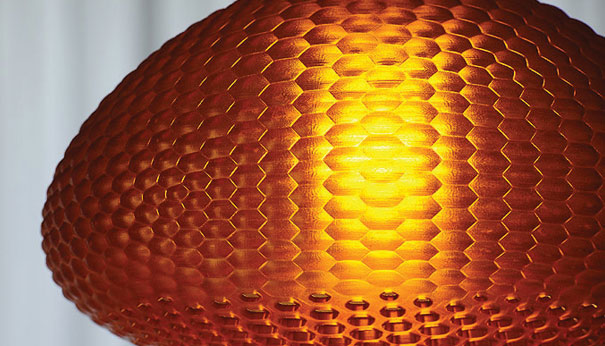

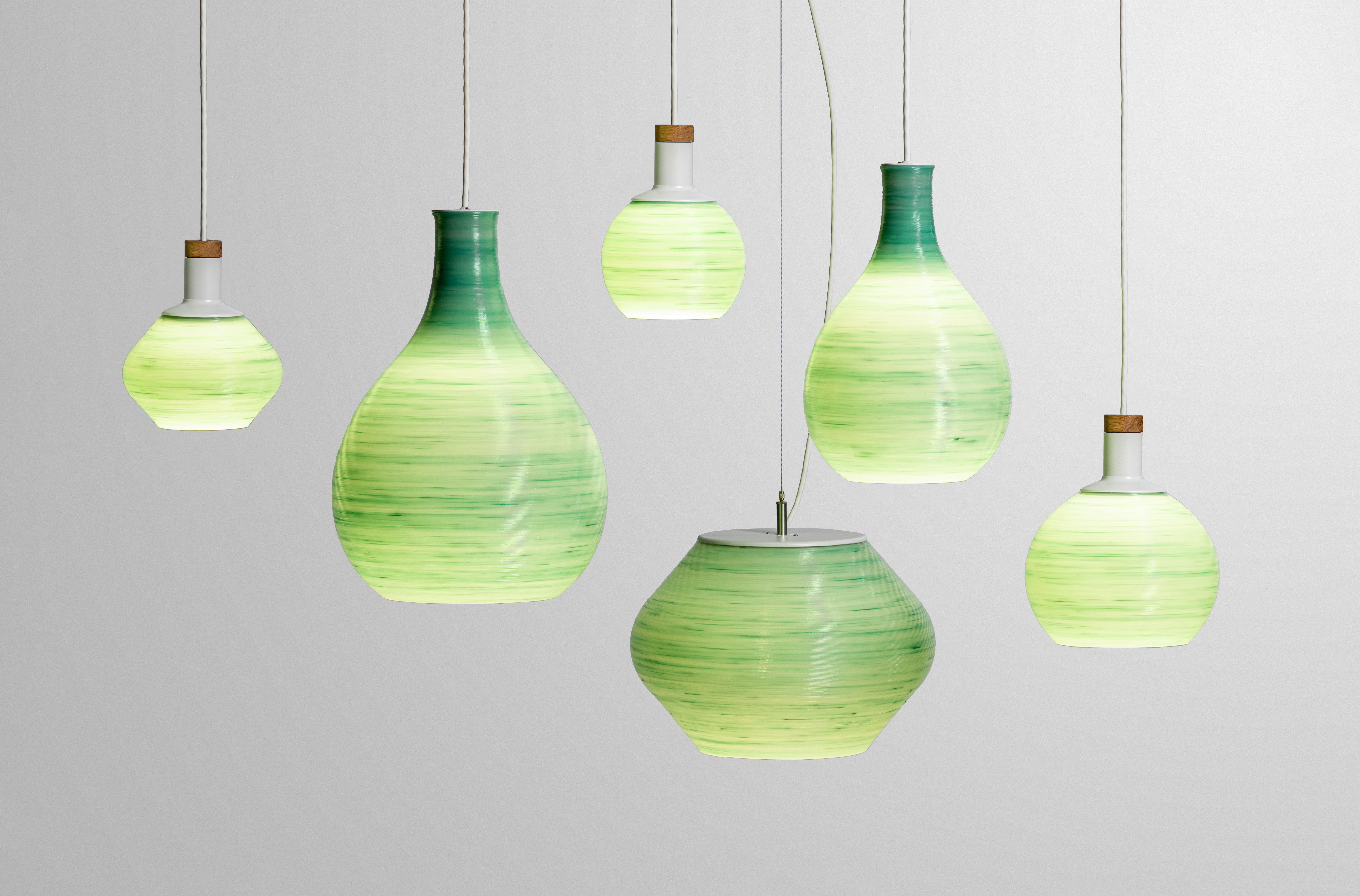
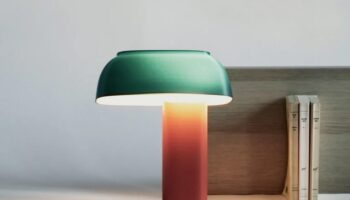
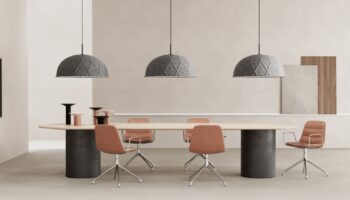
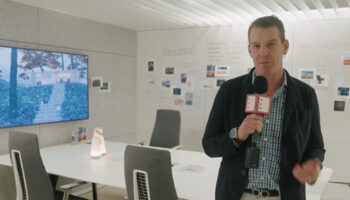
Leave a Reply